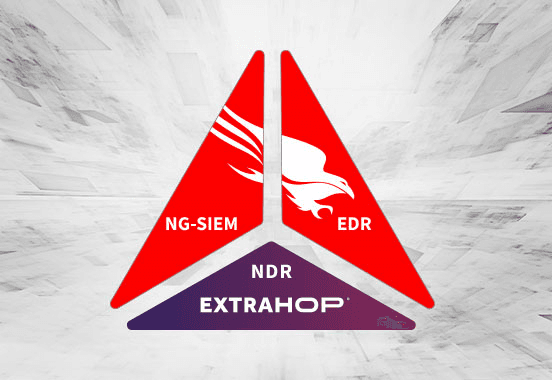Network Protocols Glossary
What is a network protocol? Protocols are the rules of the road for how data exists and moves on the network. They allow many different systems and computers to communicate.
Real-Time Transport Protocol (RTP)
What is Real-Time Transport Protocol (RTP)?
Real-time Transport Protocol (RTP) is a network protocol used for delivering audio and video data over the internet in real time. It is designed to provide reliable and efficient transmission of multimedia content, even in the presence of network congestion or packet loss.
What is the purpose of RTP
Packet Transmission: RTP breaks audio or video data into small packets and transmits them over the network. Each packet contains a payload of media data, as well as a header that includes information such as:
- Packet sequence number: Used to ensure that packets are received in the correct order.
- Timestamp: Indicates the time at which the packet was sent.
- Synchronization source identifier: Used to synchronize multiple media streams.
Synchronization: RTP uses synchronization mechanisms to ensure that audio and video streams are played back in sync. This involves using timestamps and synchronization source identifiers to coordinate the playback of different media components.
Error Correction: RTP includes mechanisms for detecting and correcting packet loss. This helps to ensure that the media stream is played back smoothly, even if some packets are lost.
Quality of Service (QoS): RTP can be used with QoS mechanisms to prioritize the delivery of media packets, ensuring that they are delivered in a timely manner.






